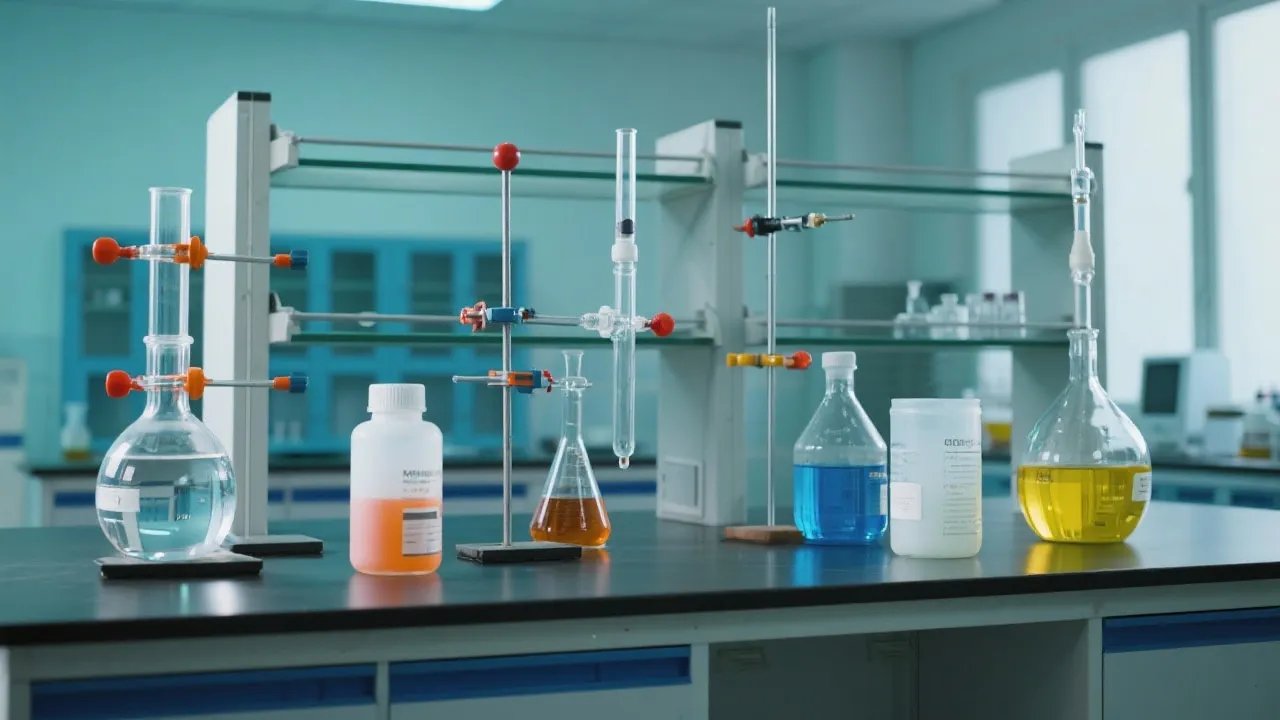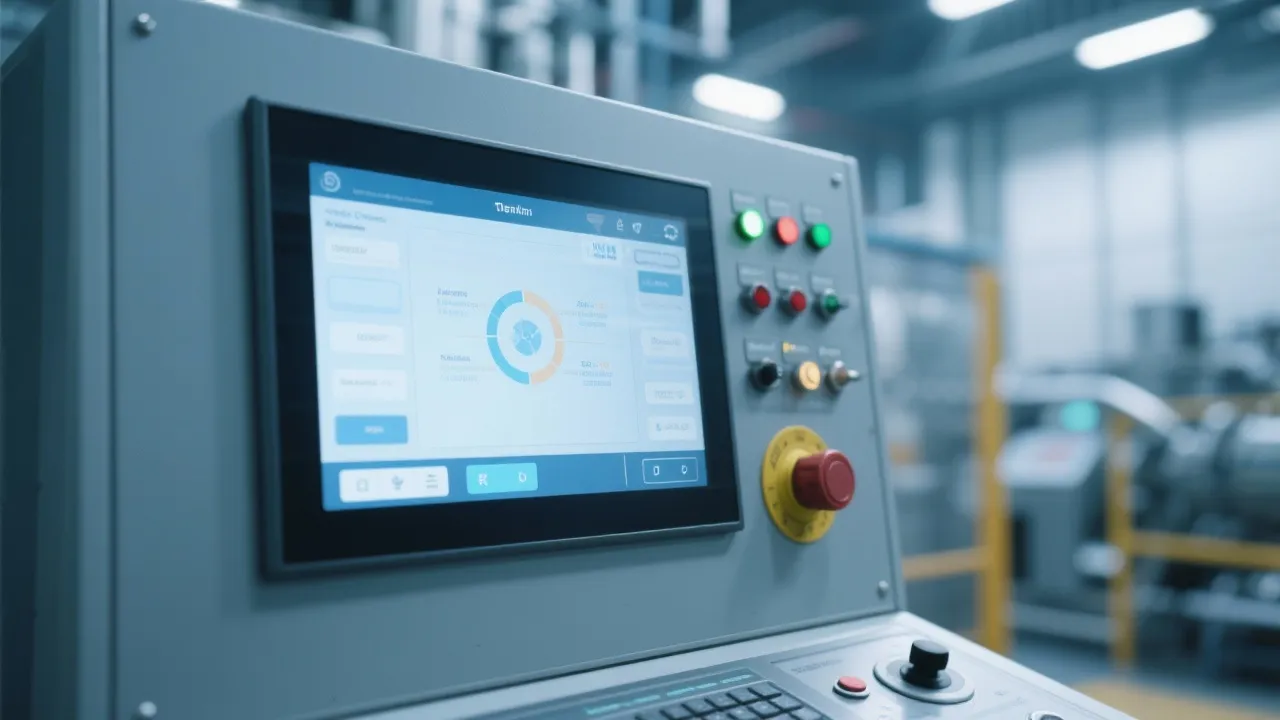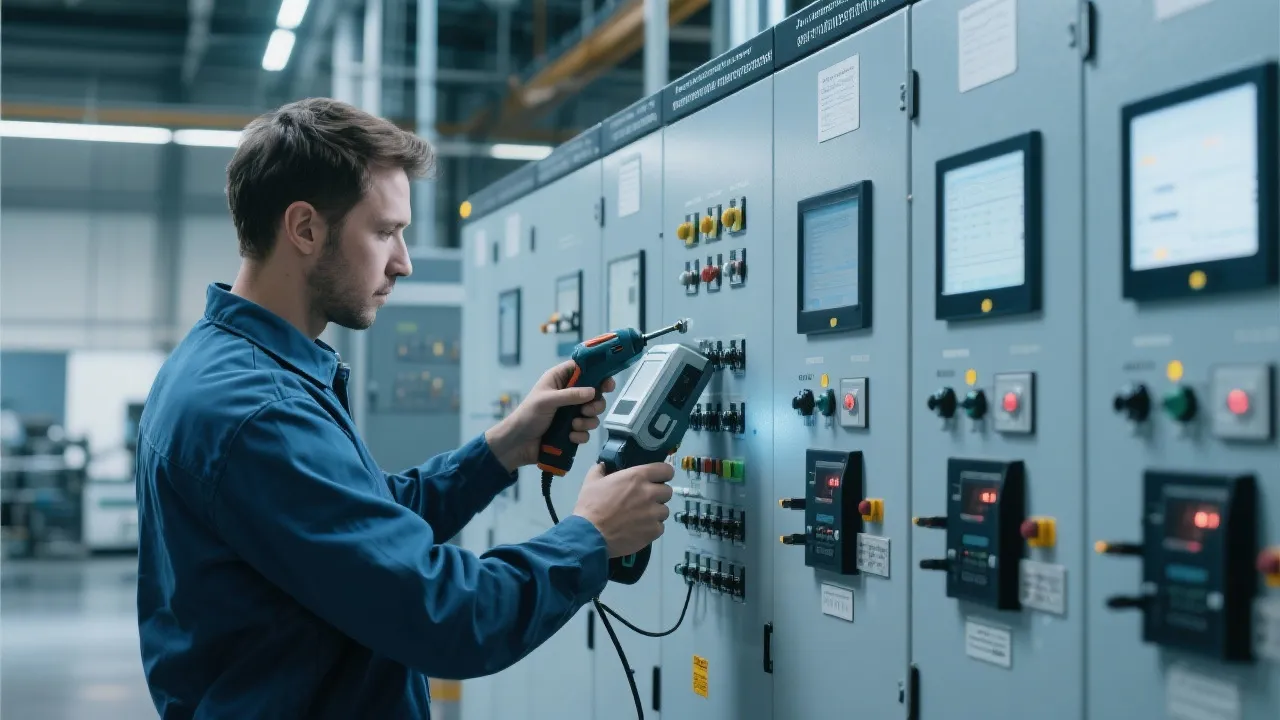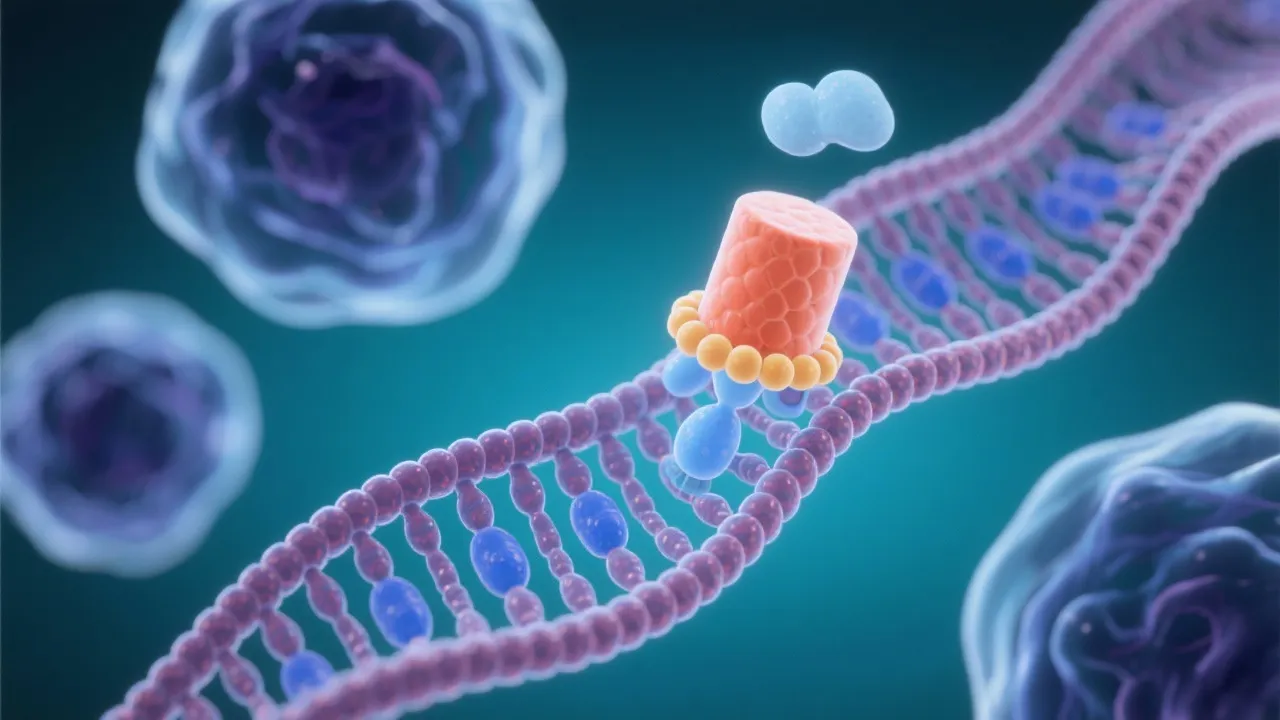Insights into Aminoethylpiperazine Epoxy
This article explores the significance and applications of Aminoethylpiperazine Epoxy in various industries. As a versatile compound, it stands pivotal in enhancing the performance of epoxy resins. Aminoethylpiperazine is often used to toughen or accelerate curing processes in different formulations, making it invaluable for both industrial and consumer applications.

Introduction to Aminoethylpiperazine Epoxy
In the realm of chemical compounds, Aminoethylpiperazine Epoxy emerges as a crucial element enhancing numerous industrial applications. The compound is known for its role in the toughening and acceleration of curing processes in epoxy resins, which are vital across many manufacturing sectors. This compound’s unique set of properties plays a significant role in the development of advanced materials, meeting both performance and sustainability criteria set by today's industries.
The Chemistry Behind Aminoethylpiperazine
Aminoethylpiperazine, a derivative of piperazine, consists of an ethylamine group. Its chemical structure allows it to react effectively with epoxides, facilitating quicker and more robust curing processes. This interaction is significant in formulating strong, adaptable, and efficient epoxy resins. The amine functional groups present in Aminoethylpiperazine are instrumental in the cross-linking process of epoxy polymers, increasing the structural integrity of the final materials. The typical chemical reaction involves the opening of the epoxide ring, where the amino group donates electrons, forming a stable bond that links the components together.
This reactivity not only accelerates the curing time but also influences the thermal properties of the cured epoxy. Studies have shown that the choice of curing agent, particularly Aminoethylpiperazine, can dramatically affect the glass transition temperature (Tg) and thermal stability of the synthetic material. These factors are crucial when considering applications in environments that experience significant thermal and mechanical stress.
Applications of Aminoethylpiperazine Epoxy
The practical applications of Aminoethylpiperazine Epoxy are vast and varied. In industrial settings, it serves to enhance the durability and performance of coatings, adhesives, and sealants. The ability to withstand chemical exposure, humidity, and temperature fluctuations makes Aminoethylpiperazine-based epoxies particularly suited for applications in harsh environments. Moreover, the automotive, aerospace, and construction industries rely on its properties to maintain the integrity and functionality of materials exposed to harsh conditions. For instance, in the automotive industry, the use of Aminoethylpiperazine Epoxy contributes to manufacturing lightweight yet robust components that can endure high temperatures while maintaining structural integrity.
Additionally, these epoxy formulations often find applications in the production of electrical insulators, where the need for moisture resistance and dielectric stability is paramount. The aerospace sector uses this compound for its excellent adhesion properties in bonding dissimilar materials, including metals and composites, ensuring reliability in critical applications like aircraft assembly.
In the construction industry, the fire-resistant properties of Aminoethylpiperazine Epoxy make it ideal for creating protective coatings for structural steel, helping prevent the spread of fire and providing necessary time for evacuation in emergencies. Waterproofing applications also benefit from the high-performance characteristics of this chemical compound, sealing buildings against water damage effectively.
Importance in Industrial Formulations
Within industrial formulations, Aminoethylpiperazine's ability to act as a reactive diluent minimizes the viscosity of epoxy resins, ensuring a smoother application across surfaces. This reduction in viscosity not only enhances application ease but also improves the wetting of reinforcements, which is crucial for efficient composite material production. A low-viscosity formulation promotes better distribution of the resin in fiber-reinforced composites, leading to superior mechanical properties in end products.
The versatility of Aminoethylpiperazine Epoxy allows manufacturers to tailor the properties of their formulations to meet specific performance requirements. For example, adjusting the ratio of Aminoethylpiperazine to other hardeners can fine-tune the balance between flexibility and rigidity of the cured epoxy, making it adaptable for various applications, from flexible adhesives to stiffer structural components.
Moreover, incorporating Aminoethylpiperazine can also enhance the overall environmental resistance of epoxy formulations, providing additional protection against UV light, chemicals, and solvents. This is particularly important in areas such as marine coatings, where prolonged exposure to harsh weather conditions can compromise the integrity of standard materials.
Market Dynamics
The market for Aminoethylpiperazine Epoxy is driven by demand in sectors that prioritize high performance and resistance in their materials. Increasing industrialization, coupled with advancements in technology, has spurred growth in sectors such as automotive and aerospace, where efficiency and resilience are paramount. As industries push for more resilient and eco-friendly solutions, suppliers of Aminoethylpiperazine are tasked to innovate continuously to meet evolving industry standards.
Furthermore, the growing shift towards sustainability is influencing market dynamics. Many companies are now focusing on developing greener epoxy formulations with reduced volatile organic compounds (VOCs). A key trend is the incorporation of bio-based additives that utilize renewable resources, making Aminoethylpiperazine Epoxy an attractive choice for manufacturers looking to adhere to stricter environmental regulations. Collaborative research efforts between industry players and academic institutions are also paving the way for novel formulations that can deliver on performance while minimizing ecological footprints.
| Industry | Application |
|---|---|
| Automotive | Improving heat resistance in vehicle components. |
| Aerospace | Enhancing composite material strength. |
| Construction | Formulating adhesives for structural integrity. |
Expert Insights on Performance and Stability
Experts emphasize the balance Aminoethylpiperazine provides between curing speed and the mechanical properties of the final cured product. This balance is critical in applications requiring specific mechanical attributes such as flexibility, toughness, and thermal stability. The curing kinetics of Aminoethylpiperazine Epoxy can be influenced by various factors, including temperature and the presence of other functionalities, presenting opportunities for customized formulation strategies.
Field studies have indicated that epoxy formulations incorporating Aminoethylpiperazine tend to exhibit exceptional adhesion to diverse substrates, which can be attributed to the chemical reactivity of the compound that promotes effective wetting. Under dynamic loading conditions, these epoxy systems have reported improved fatigue resistance, making them suitable for applications where cyclic stresses are present.
Additionally, the longevity and durability of products utilizing Aminoethylpiperazine Epoxy are often enhanced, contributing to lifecycle cost savings for manufacturers and end-users alike. Industries that depend on materials exposed to extreme conditions can benefit significantly from the use of this technology, showcasing the importance of material selection in engineering applications.
Environmental Considerations
With increasing environmental awareness, the chemical industry evaluates the ecological impacts of using compounds like Aminoethylpiperazine Epoxy. Companies are urged to adopt methods minimizing environmental hazards while enhancing the biodegradability of resulting products. Manufacturers are exploring the potential of greener alternatives or modifications to existing formulations that can reduce harm to ecosystems.
For example, utilizing bio-based feedstocks in the synthesis of Aminoethylpiperazine is gaining traction as a way to mitigate carbon footprint. Research into more sustainable production practices is essential as it aligns the chemical industry's operations with international commitments to reduce greenhouse gas emissions, such as the Paris Agreement.
Regulatory frameworks across regions concerning chemical safety and waste management are also pushing companies to adapt their practices. The need for extensive testing, labeling, and adhering to safety standards mandates that manufacturers stay abreast of legislative changes and customer preferences towards sustainability. By focusing on lifecycle assessments, companies can better understand the environmental impact of their products from production through disposal, supporting the development of a circular economy.
Future Prospects
Looking forward, technological advancements around the application of Aminoethylpiperazine Epoxy focus on its role in developing smart materials. The advent of materials with responsive capabilities, such as self-healing properties or adaptive thermal characteristics, opens a realm of opportunities in sectors like electronics and medical devices. Researchers are actively exploring the integration of conducting materials with Aminoethylpiperazine-based epoxies, paving the way for innovative manufacturing solutions.
Furthermore, research continues to seek ways to integrate these compounds into sustainable practices, aligning with global environmental goals. The trajectory of Aminoethylpiperazine Epoxy is indeed promising, as ongoing studies look into enhancing its properties without compromising performance. The shift towards digital manufacturing and additive technologies also poses new questions and challenges for the utilization of this compound. As industries embrace customization and rapid prototyping, Aminoethylpiperazine Epoxy's adaptability will be crucial in accommodating diverse application requirements.
In parallel, educational initiatives and industry partnerships focusing on training the next generation of chemists and material engineers are critical. The interdisciplinary nature of modern material science demands a workforce that is adaptable and knowledgeable in both chemical engineering and environmental stewardship, ensuring that future innovations are both functional and responsible.
FAQs
- What is the primary role of Aminoethylpiperazine in epoxy resins?
Its primary role is to enhance the curing process, which improves the overall strength and stability of the epoxy resin, making it suitable for demanding applications.
- Why is low viscosity important in industrial applications?
Low viscosity ensures easier application and better impregnation of reinforcement materials, resulting in stronger and more uniform composite materials with more homogeneous properties.
- How do environmental considerations impact the use of Aminoethylpiperazine Epoxy?
Manufacturers must manage its environmental impact, focusing on reducing waste and enhancing the biodegradability of epoxy systems, in response to regulatory changes and market demands.
- Can Aminoethylpiperazine-based epoxies be used in extreme temperature applications?
Yes, epoxies formulated with Aminoethylpiperazine can maintain their mechanical properties at higher temperatures, making them suitable for applications in automotive and aerospace components.
- What advancements are being made in Aminoethylpiperazine Epoxy technology?
Ongoing research focuses on integrating smart features into epoxy formulations, enhancing their performance while aligning with sustainability goals in material science.
In conclusion, Aminoethylpiperazine Epoxy stands as an indispensable component in various industries. Its role in enhancing epoxy resin formulations continues to be scrutinized and optimized for performance, environmental sustainability, and economic viability. As technology advances, its applications and methodologies will undoubtedly adapt to meet the world's changing demands. Continued collaboration between industry, academic research, and regulatory bodies will play a key role in shaping the future of Aminoethylpiperazine Epoxy, ensuring that progress is made not just in performance but also in sustainability, safety, and innovation.










